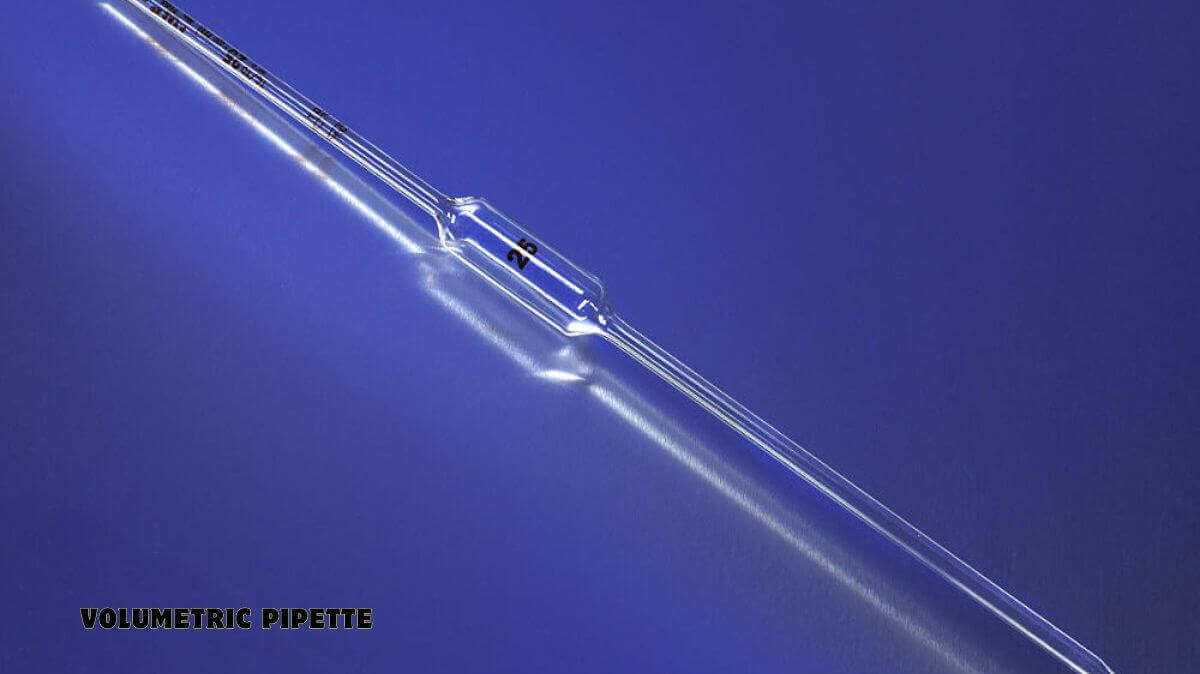Introduction to Volumetric Pipette
When it comes to scientific experiments, accuracy is the name of the game. Every drop counts, especially when using a volumetric pipette. This essential laboratory tool is designed for precision, but what does that really mean? Why should you care about getting every measurement just right? The answer lies in the heart of scientific inquiry itself: reliable results lead to robust conclusions. Whether you’re a seasoned chemist or a budding scientist, understanding why precision matters can elevate your work and ensure that your findings are trustworthy. Let’s dive deeper into the significance of precision when wielding this vital instrument.
The Importance of Precision in Scientific Measurements
Precision in scientific measurements is crucial for the integrity of experimental results. In many fields, even slight deviations can lead to significant errors. This can compromise research findings and affect subsequent applications.
When working with substances—be it in chemistry or biology—the precise volume of liquids determines reaction rates, concentrations, and ultimately the validity of conclusions drawn from experiments. A small error might not seem impactful initially but could snowball into larger issues down the line.
Moreover, reproducibility hinges on precision. Other researchers must be able to replicate your work accurately to verify results. If measurements are off due to a lack of precision, trust in scientific inquiry begins to wane.
In essence, every drop counts when it comes to ensuring that data reflects reality as closely as possible. Precision is not merely a best practice; it’s a fundamental principle that underpins reliable science.
Factors Affecting Precision in Volumetric Pipette
Precision in using a volumetric pipette hinges on several key factors. Temperature plays a significant role; fluctuations can affect the liquid’s density, leading to measurement inaccuracies.
Another critical element is the quality of the pipette itself. A well-calibrated and maintained instrument ensures accurate volume delivery. Any wear or damage can compromise its functionality.
User technique also contributes significantly to precision. The angle at which the pipette is held during transfer affects how much liquid remains inside after dispensing.
Choice of liquid matters too. Viscosity and surface tension variations among liquids can influence meniscus formation, altering perceived measurements when reading volumes. Understanding these factors helps users achieve optimal results with their volumetric pipettes.
Techniques for Ensuring Precision with Volumetric Pipette
To ensure precision when using a volumetric pipette, proper technique is essential. Begin by selecting the right pipette for your specific volume requirements. Each volumetric pipette is designed for accuracy at its designated measurement.
Before drawing liquid, make sure to rinse the pipette with the solution you’ll be measuring. This step minimizes contamination and ensures that you’re measuring only what you intend to use.
When filling the pipette, immerse it vertically into the liquid just below the surface tension. Draw up the liquid slowly to avoid bubbles forming in the tip.
After filling, allow any excess fluid on the outside of the tip to drain off without touching it against any surfaces. When dispensing, release pressure gradually for consistent flow and accurate measurements.
Always read from eye level to prevent parallax error—a small detail that can lead to significant inaccuracies if overlooked.
Also Read: Anoli Species: Nature’s Colorful Lizard
Common Mistakes and How to Avoid Them
Using a volumetric pipette requires attention to detail. One common mistake is not filling the pipette to the correct mark. Always ensure that the meniscus aligns precisely with the calibration line.
Another frequent error involves using an improper technique when releasing liquid. Allowing it to drain too quickly can lead to inaccurate measurements. Instead, let it flow gently for better control.
Additionally, failing to clean the pipette between uses can introduce contaminants and skew results. Rinse with distilled water or your specific solution before each measurement.
Neglecting proper storage can also affect precision over time. Store your volumetric pipettes upright in a protective case to maintain their integrity and accuracy for future experiments. Taking these simple steps helps achieve reliable results every time you use this essential laboratory tool.
Conclusion
Precision is paramount when using a volumetric pipette. Accurate measurements are essential in scientific experiments, as they can significantly impact research outcomes and product development.
Understanding the factors that affect precision allows scientists to refine their techniques and improve their results. The proper handling of volumetric pipettes, along with awareness of environmental conditions, can lead to better accuracy.
Employing best practices helps mitigate common mistakes often made during pipetting. By focusing on technique and being mindful of potential errors, users can ensure reliable data collection.
Mastering the use of a volumetric pipette is crucial for anyone involved in laboratory work or scientific research.
Also Read: What is Pink Mercy and how does it support breast cancer research?
